Red Borneo Kratom is a unique strain of the Mitragyna speciosa tree, native to the island of Borneo. This tropical...

Kratom Tea Bags Explained
Kratom (Mitragyna speciosa) is a tropical evergreen tree in the coffee family, native to Southeast Asia. Its leaves have been used for centuries in traditional medicine by cultures in areas like Thailand, Malaysia, and Indonesia. Kratom contains compounds known as alkaloids that can produce mind-altering effects when consumed.
Historically, Kratom leaves were chewed or brewed into teas to combat fatigue, increase work productivity, relieve pain, and aid with opiate withdrawal and cravings. Today, as interest in Kratom's purported benefits has spread globally, it has found new life as an herbal supplement sold in various forms, including Kratom tea bags.
Table of Contents
-
What Are Kratom Tea Bags?
-
1.1. The Basics
-
1.2. Preparation and Usage
-
Benefits of Kratom Tea
-
2.1. Natural Properties
-
2.2. Potential Health Benefits
-
Safety and Considerations
-
3.1. Dosage and Effects
-
3.2. Legal Status and Regulation
-
3.3. Safety and Side Effects
-
To Wrap Things Up
-
FAQ
-
5.1. Q: How much Kratom is in a typical tea bag?
-
5.2. Q: What are the effects of drinking Kratom tea?
-
5.3. Q: Is Kratom tea legal?
-
5.4. Q: How do I brew Kratom tea from tea bags?
-
5.5. Q: Are there any side effects or risks with Kratom tea?
What Are Kratom Tea Bags?
The Basics
Kratom tea bags contain dried and crushed or powdered Kratom leaf material, sealed inside a porous bag, much like a traditional tea bag. They provide a convenient way to brew Kratom tea without the need to measure out loose leaf Kratom powder or strain out particulate matter after steeping.
Most commercial Kratom tea bags contain between 2-5 grams of Kratom per bag, though strengths can vary by brand and variety. Common vein colors include red, green, and white vein Kratom leaf varieties.
Preparation and Usage
To brew Kratom tea from a tea bag, the bag is simply immersed in hot water and allowed to steep for the desired time, usually 5-10 minutes. More time can be given for a stronger brew. Some prefer to gently squeeze the bag partway through steeping to better release the alkaloids.
The resulting Kratom tea can be consumed hot or iced. Sweeteners like honey or lemon juice can be added to mask Kratom's bitter, earthy flavor if desired.
Many retailers also sell Kratom tea bags for on-the-go use that can have powdered Kratom and hot water added directly to the bag.
Benefits of Kratom Tea
Natural Properties
The alkaloids in Kratom, such as the compounds mitragynine and 7-hydroxymitragynine, interact with opioid receptors in the brain and body. This can produce effects that range from stimulation at lower doses to sedation and euphoria at higher doses.
At lower doses (1-5 grams), users report increased energy, alertness, and sociability from Kratom's stimulant-like effects. These doses may also have nootropic benefits and potentially improve focus and concentration.
At higher doses (5-15+ grams), Kratom is more likely to produce dose-dependent opiate-like effects including pain relief, pleasure/euphoria, sedation, and potential relief from opiate withdrawal symptoms.
Potential Health Benefits
While more research is still needed, some of the potential benefits Kratom may provide include:
-
Pain relief - Kratom's ability to activate opioid receptors could make it useful for managing certain chronic pain conditions.
-
Mood/anxiety improvement - Some find Kratom's mood-lifting effects helpful for anxiety, depression, PTSD and addiction recovery.
-
Opioid withdrawal aid - Kratom's path to the opioid receptors is somewhat unique, which could help ease withdrawal symptoms.
-
Increased energy/focus - At lower doses, many report nootropic-like effects that can enhance productivity.
-
Improved sleep - At higher doses, the sedative effects could potentially provide sleep support.
However, it's essential to note that research is still preliminary and more high-quality studies on efficacy and safety are needed.
Safety and Considerations
Dosage and Effects
As with any substance, the effects experienced from Kratom tea can vary significantly based on the dose consumed. Generally, lower doses under 5 grams produce more energizing, stimulant-like effects, while higher doses over 5-8 grams are more likely to cause sedation, analgesia and euphoria.
However, people can respond differently based on factors like age, weight, biochemistry and tolerance level. It's advisable for new Kratom users to start with just 1-2 grams of a moderate Kratom strain to assess their personal response before increasing the dose.
Some general dosage guidelines for Kratom powder or tea:
-
1-3 grams: Mild, nootropic-like stimulation
-
3-6 grams: Increased stimulation, mood boost, mild pain relief
-
6-10 grams: Sedation, strong analgesia, possible euphoria
-
10+ grams: Strong opioid-like effects, increased risk of adverse effects
It's also wise to take Kratom in moderation and cycle it with tolerance breaks to avoid developing a dependency.
Legal Status and Regulation
The legal status and regulation of Kratom is currently a patchwork in different regions. In the United States, Kratom is legal at the federal level but has triggered bans and restrictions in some states and municipalities that consider it an unapproved drug.
Other countries have taken varying legal stances - Kratom is completely illegal in some (Russia, Malaysia, etc), regulated in others, and completely unregulated in parts of Southeast Asia where it originated.
Consumers should be aware of their local laws regarding possession and sale of Kratom products before exploring Kratom tea bags or other forms.
Safety and Side Effects
While Kratom itself is a natural product derived from a plant source, it does carry some risks and side effects, especially with higher dose levels or long-term use. Potential adverse effects can include:
-
Nausea, vomiting, constipation
-
Frequent urination and dehydration
-
Dizziness, dysphoria, psychosis
-
Liver toxicity (with long-term excessive use)
-
Seizures and respiratory depression (high doses)
-
Addiction and withdrawal symptoms with habitual use
Kratom should also be avoided while pregnant or breastfeeding. It has many potential drug interactions, so use caution if taking other medications or supplements.
As with any substance, responsible use at the lowest effective dose is advisable. Kratom's effects can vary considerably based on the alkaloid makeup of different leaf strains and sources.
To Wrap Things Up
Kratom tea bags can provide a natural, convenient way to brew this ancient herbal remedy at home. For those looking to explore Kratom's range of potential benefits - from pain relief to energy and focus - premade Kratom tea bags may appeal more than dealing with loose powder.
However, it's crucial for new users to start at lower doses until they understand how their body reacts. Being mindful of Kratom's legal status, drug interactions, side effects and risk for dependency with habitual use is also important.
Always purchase Kratom products from a reputable, transparent vendor. And as with any supplement or herb with psychoactive effects, consult a doctor first before using Kratom, especially if you have any underlying health conditions.
For someone who wants to experience the benefits of Kratom. Try Speakeasy Kratom, where their Kratom are sourced from the richlands of Indonesia. Speakeasy Kratom offers different strains in powder and capsule forms. Visit Speakeasy Kratom today and get started on your Kratom experience.
FAQ
Q: How much Kratom is in a typical tea bag?
A: Most commercial Kratom tea bags contain between 2-5 grams of dried, crushed Kratom leaf powder per bag. The exact amount can vary by brand.
Q: What are the effects of drinking Kratom tea?
A: Effects can range from increased energy and focus at lower doses (1-5g), to pain relief, euphoria and sedation at higher doses (5g+). It produces similar effects to opioids by activating opioid receptors.
Q: Is Kratom tea legal?
A: Kratom's legal status varies widely. It is legal at the federal level in the US but banned in some states/municipalities. It is illegal in some countries but legal in parts of Southeast Asia where it originates. Check your local laws.
Q: How do I brew Kratom tea from tea bags?
A: Brewing is just like regular tea. Place the Kratom tea bag in a cup, pour over hot water, and allow it to steep for 5-10 minutes before removing the bag.
Q: Are there any side effects or risks with Kratom tea?
A: Potential side effects include nausea, constipation, dizziness, liver toxicity with long-term use, and risk of dependence and withdrawal symptoms. Start with lower doses and don't combine with other drugs.



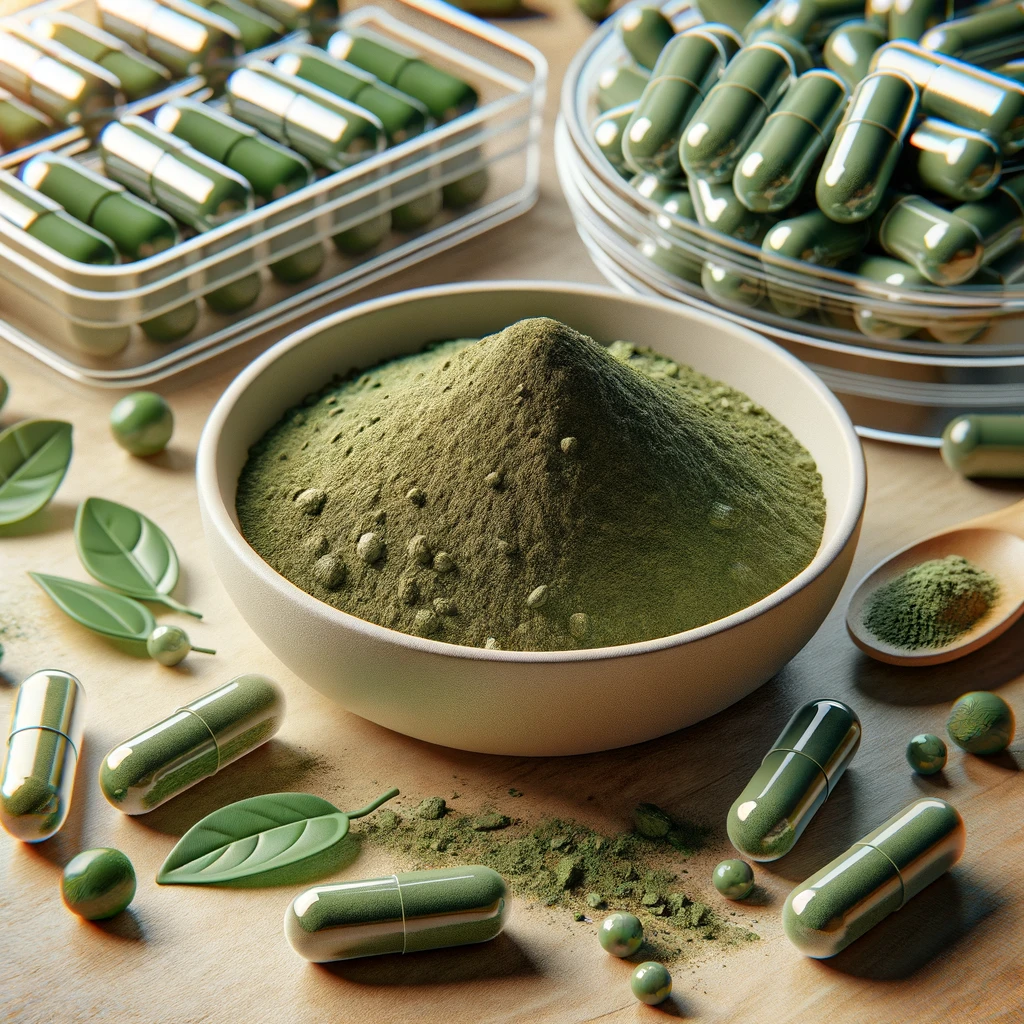



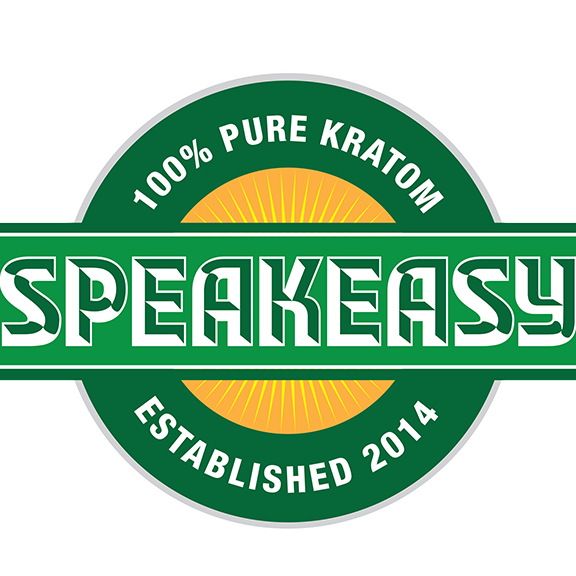
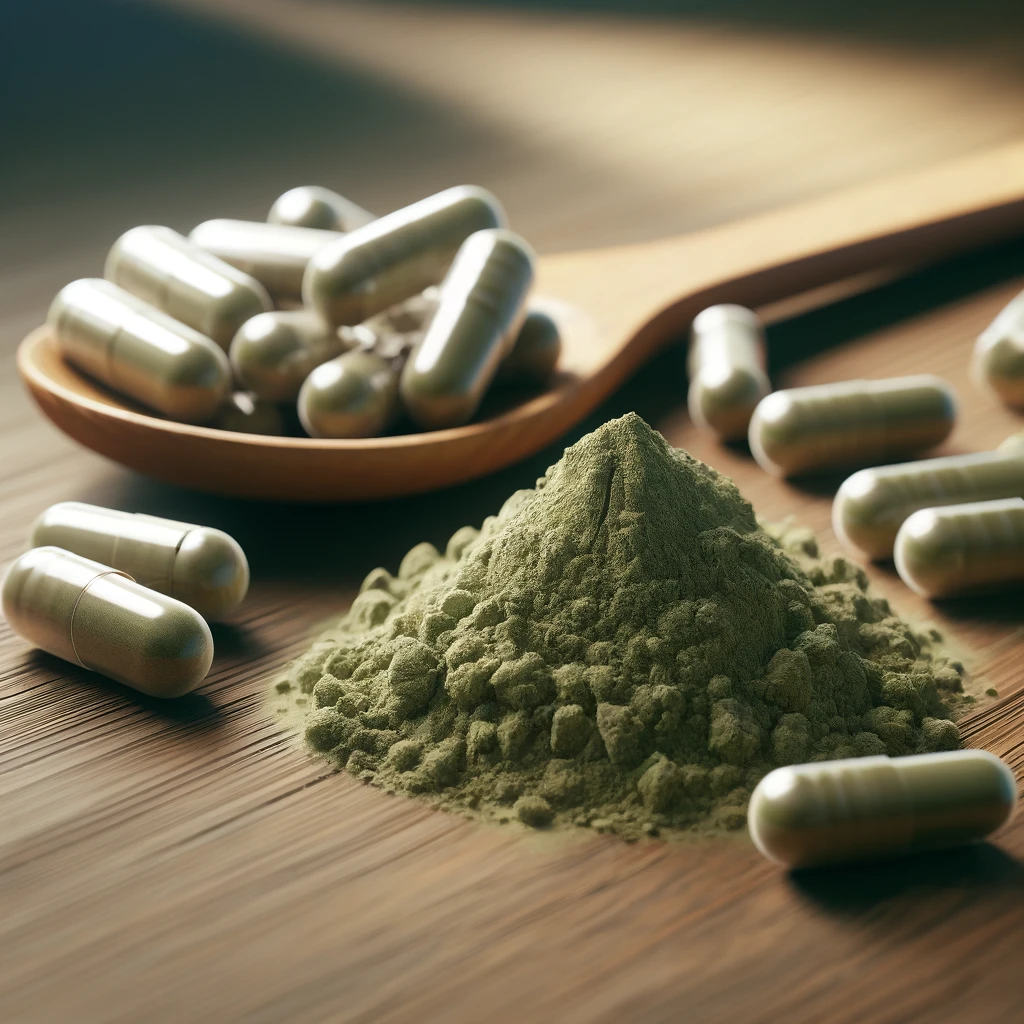


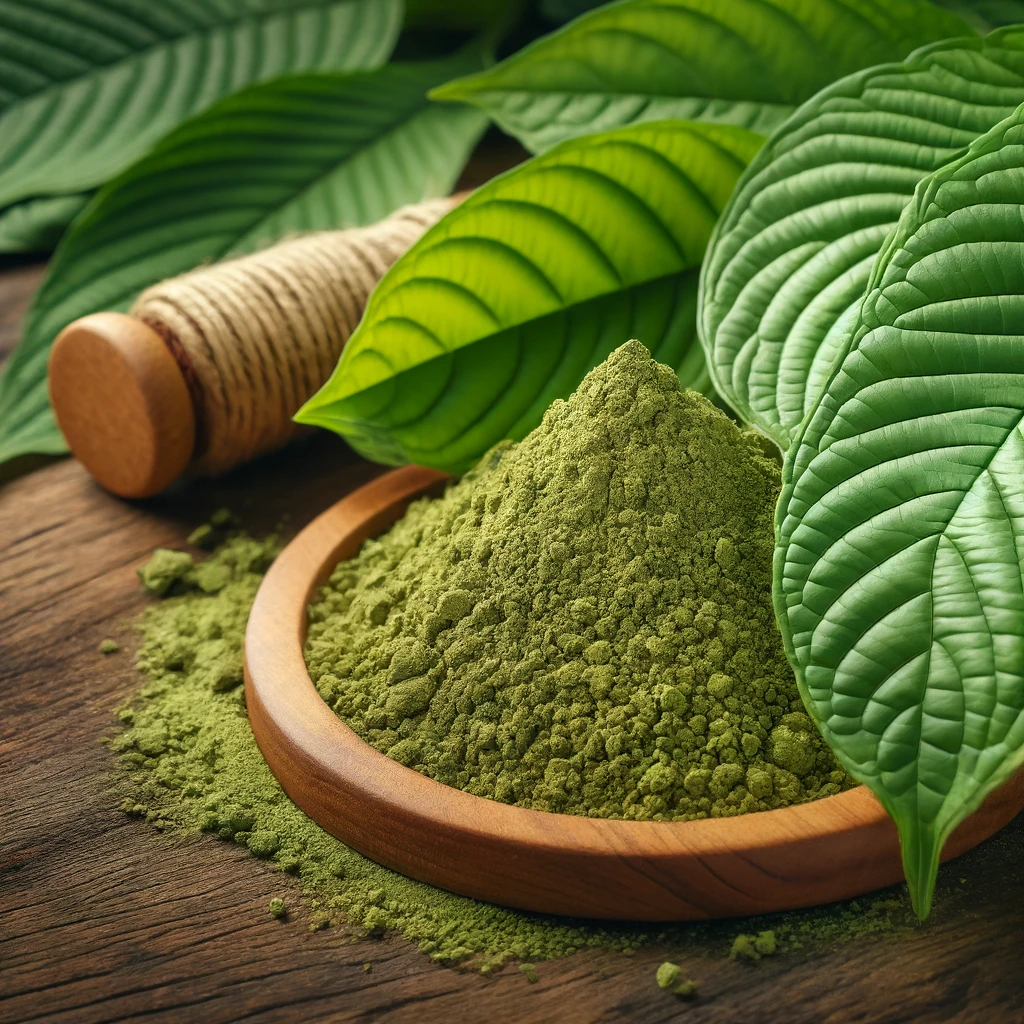
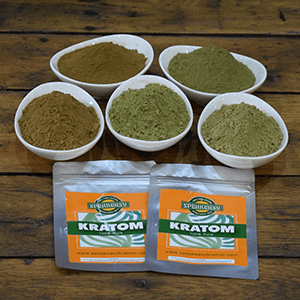

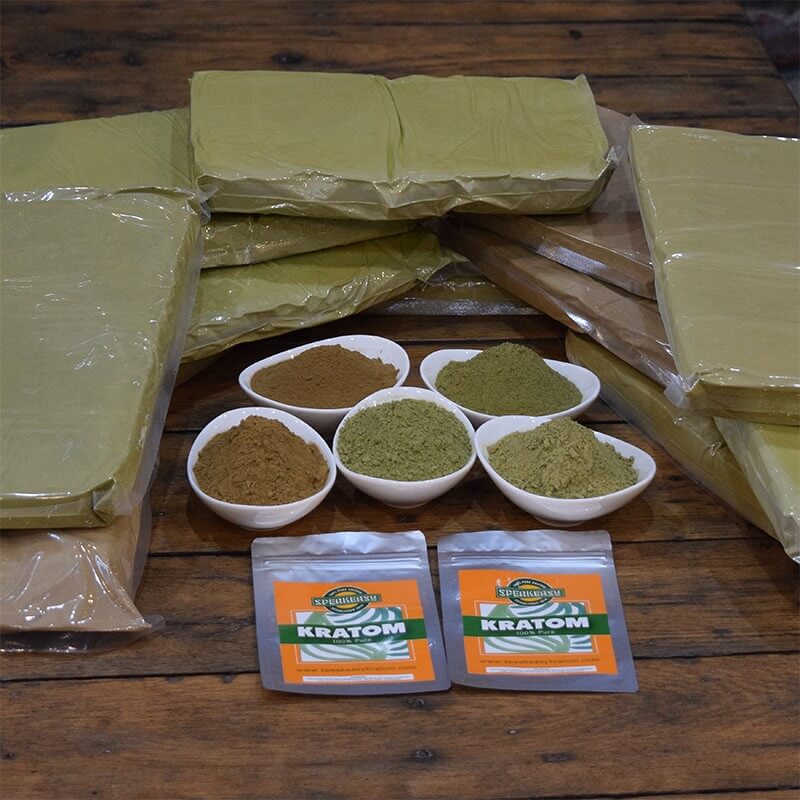
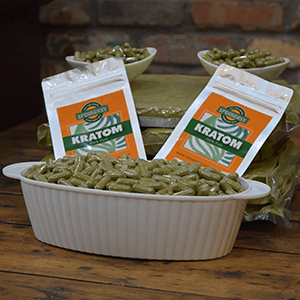

Leave a comment